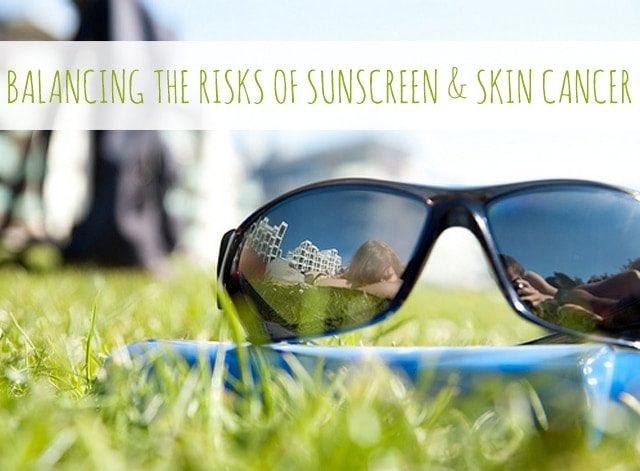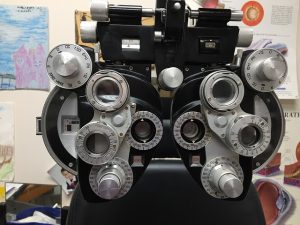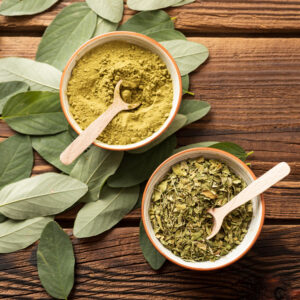This post was first published several years ago, but it’s worth repeating as we head into summer once again! Balancing the Risks of Sunscreen & Skin Cancer
Like most of the girls my age, I spent a lot of time soaking up rays during my teenage years, sometimes with a little baby oil to speed up the suntanning process. Yep, I got burned more than once, and there’s no doubt that the increased warnings about sun exposure and the dangers of skin cancer made me take a hard look at those habits as an adult.
But despite all of that, I’ve never really been comfortable with the idea of slathering on sunscreen as part of the daily routine — either for myself or my kids.
For me, it was never really about the chemicals in the sunscreens; I just couldn’t get past the idea that God made the sun, and to declare it bad and something to be avoided just didn’t make sense.
Table of Contents
The Importance of Sunshine
As it turns out, sunshine is actually really important for our bodies. It improves our mood and helps our bodies produce Vitamin D. Our society is becoming increasingly Vitamin D-deficient because of this fear of the sun, which affects our body’s ability to fight illness. Yes, there are supplements available, but why take a supplement when it’s available in the most natural form possible?
Our family dealt with illness after illness after illness one winter, but you know what was absolutely amazing? The moment the weather began to turn warmer, and we were able to send the girls outside in short-sleeved shirts rather than bundled from head to toe, their immune systems ramped up. How do I know it was the sunshine and not just a coincidence? I can’t prove it, of course, but we also saw signs of colds or other illnesses during the summer. Each time, though, it started as a sniffly nose for a day or so…and then it simply went away with no extra work on our part.
The Dangers of Sunscreen
Of course, as I’ve learned more about our bodies and the chemicals in many personal care products, I’ve become even more opposed to the use of sunscreen for our family. Applying chemicals that may be linked to cancer themselves in an effort to prevent it just doesn’t sit right with me.
In fact, there’s evidence that when Vitamin A is added to sunscreens — sadly, almost half the time — it can speed up the development of skin tumors and lesions when exposed to sunlight.
What’s troubling is that there are two distinct types of radiation from the sun — UVA and UVB. UVA is the type linked to skin cancer. UVB causes sunburn. Sunscreen provides very little protection against UVA radiation, which keeps you from getting burned while your skin absorbs all of those other UVA rays. In addition, the FDA doesn’t regulate claims of UVA protection, which means there’s not really any way to know whether your sunscreen protects against it or not.
As if that wasn’t enough, there’s also evidence that if you don’t reapply sunscreen often enough (every 2-3 hours as indicated on the bottle), it can actually absorb into the skin and interact with the sunshine to produce free radicals and oxidation, which cause cancer themselves.
And finally, many of these chemicals are also known as hormone disruptors, something I think we can all agree we want to keep away from our growing children, especially.
If ever I’ve been tempted to use ALL CAPS to get my point across, it’s now. I’ll refrain, but take a minute and let that sink in. The sunscreens that are supposed to protect us — and our babies — from skin cancer may actually cause it, along with a host of other issues.
Natural Sun Protection
What is a person — a parent — supposed to do in light of that information? Well, first, do your own research. I’ve linked to many additional resources at the end, and you can Search any keyword from this post to find dozens more!
That said, I’ll tell you what we do. It may not be perfect, but it works for our family, and this is one topic that doesn’t often keep me up at night because I’m comfortable with our decisions.
My kids spend hours outside on a daily basis, but they are inside from 12-2 on most days. Occasionally, on one of those gorgeous, not-too-hot days when they just don’t want to come inside, I’ll apply sunblock (more on that in the next section!), but for the most part, we just avoid the midday sun to avoid the risk of sunburn.
In addition, you can dress for sun protection with lightweight cotton clothing that covers your arms and legs, a hat to protect your skin and face, and sunglasses to protect your eyes. You’ll also find swimwear and other clothing with built-in UV protection.
I’m also intrigued by the idea of eating to boost your body’s natural protection from the sun. We do not yet do this- at least not intentionally, although many of the foods on the list are part of our regular summer diet- I’d like to learn more about it. Stephanie from Keeper of the Home talks more about the role of antioxidants (and even chocolate) for natural sun protection. (This was one of the first posts I read that affirmed I wasn’t completely crazy about my approach, even if I didn’t fully understand the dangers of sunscreen at the time!).
Safe Sunscreens
For times when additional sun protection is a must, there are options, but it’s important to consider your choices carefully.
Let’s start by talking about the difference between sunscreen and sunblock: Sunscreen is actually a chemical that works by absorbing into your skin, while sunblock provides a physical barrier between UV radiation and your skin, including UVA rays.
For the times when we need to use sunblock, we stick with California Baby. Other options are available, but they sell California Baby at Target, so I can easily pick up a tube when we’re starting to run out.
Sunblocks, whose primary ingredient is zinc oxide (rather than the titanium dioxide found in California Baby), are even safer and approved for use on infants. Both are rated as safe ingredients on the Skin Deep Cosmetic Database and by the FDA.
(Update: This year, we’re using ThinkBaby, which has great ratings, uses zinc oxide, and was on sale when I was shopping for sunblock.)
On the downside, because these products actually act as a physical blocker, they’re notoriously hard to rub in. We still laugh about the time we applied it to Sean’s bald head on a family camping trip, and it gave his head an unnatural purple tint no matter how much we rubbed! For the most part, it just takes a little rubbing before it’s almost unnoticeable.
If you’re looking for a sunblock that’s right for your family — or to see how your current brand stacks up — Katie from Kitchen Stewardship tested more than 25 natural sunblocks and shared her results. The Environmental Working Group has also published its Sunscreen Guide.
References & Further Reading
This is really just scratching the surface of the information available. I highly recommend the posts below, especially those from Kitchen Stewardship and Keeper of the Home, if you want to delve deeper into this topic.
- Sun, Sunscreen, Skin Cancer and Safety | Kitchen Stewardship
- Top Sun Safety Tips | Environmental Working Group
- Risks of Sunscreen: New Report | Care2
- The Truth About Sunscreen | Organic Lifestyle Magazine
- Introducing Banana Boat Natural Reflect Sunblock
What is your family’s approach to sun exposure?




